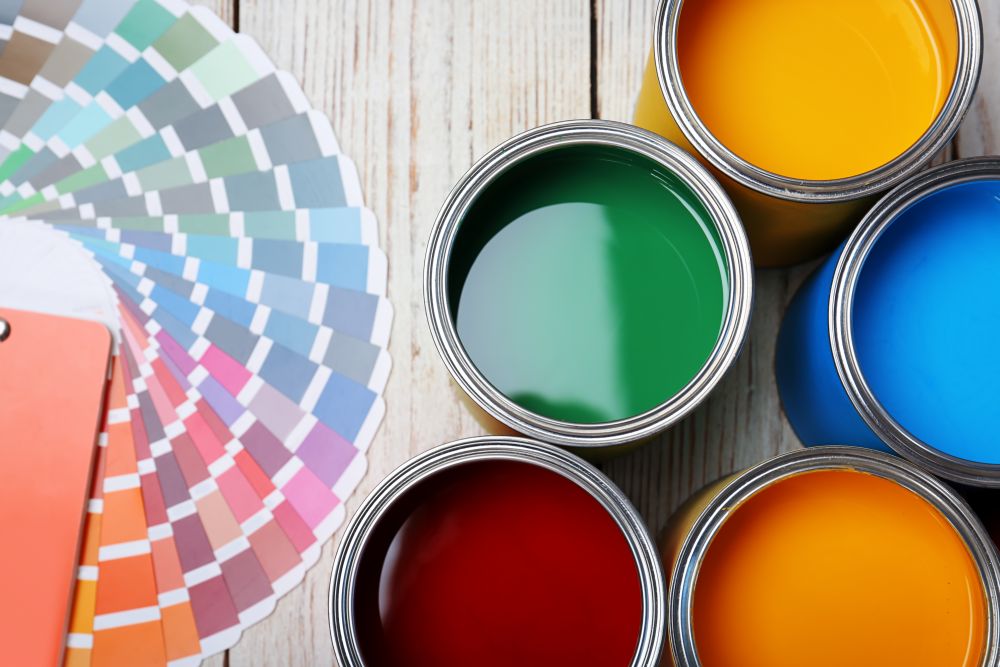Paint & Coating
Paint is any type of pigment, liquid or solid mastic compound that turns into a solid layer after use as a thin layer. It is commonly used to protect, paint or texture objects. Color is a characteristic of visual perception that is described through color categories, with names such as red, orange, yellow, green, blue, or purple. This perception of color is caused by the stimulation of photoreceptor cells by electromagnetic radiation.
The paint is usually composed of pigments, resins, solvents and additives. Pigment is used to provide color, concealment and gloss control.
Pigments are usually divided into two groups:
The main pigments include pigments such as titanium dioxide (white), chromium green oxide, yellow and red iron oxides, and so on.
Developing pigments include calcite (calcium carbonate), talc (magnesium). They are silicate (mica), barite (barium sulfate) and so on.
Resin is an adhesive that holds the pigment particles together and provides adhesion to the painted surface. In blue paints, acrylic emulsion polymers are often used as adhesives. These come in a wide variety of types and combinations. Different types of acrylic polymers are based on monomers such as methyl methacrylate and butyl methacrylate. Traditionally, low-cost paints have been formulated on PVA (polyvinyl acetate) binders.
There are many types of solvent based resins. The most common solvent-based resins are called alkyd resins, which are commonly used in enamel paints. Urethane alkyd is often used in clear varnishes. There are various types of protective coating resins, such as epoxy, urethane, polysiloxane and urethane.































